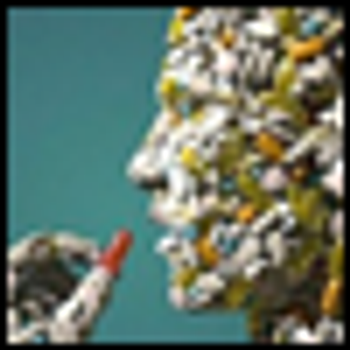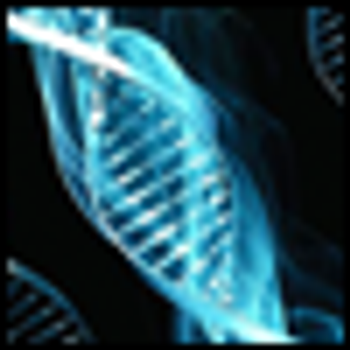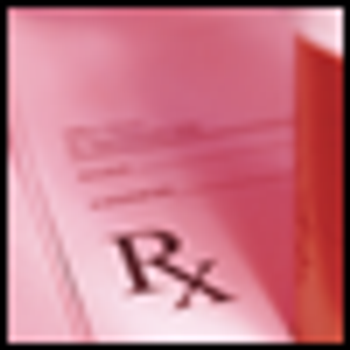
Bipolar Disorder
Latest News
CME Content


Is combination therapy with lithium and valproate more effective in preventing relapses in patients with bipolar I disorder than monotherapy with either drug alone?

Are psychiatrists agents of the police or doctors who care for the sick? Thomas Szasz raised this question 50 years ago in his iconic “The Myth of Mental Illness.” Psychiatry has changed in the ensuing decades, but Szasz’ question is still relevant. Why?

In the debates around DSM-5, a central figure has been Allen Frances, whose views seem to elicit sympathy from many unhappy with the DSM system (the 4th edition of which Dr. Frances led).

According to the 2009 Roundtable on Bipolar Disorder in Children and Adolescents, a diagnosis of pediatric bipolar I disorder should be considered dependent on what factors? This and more in this week's quiz.

A small percentage of educators use their position of power to sexually exploit their students. While it is assumed that men are often responsible for this type of behavior, in recent years, a number of high-profile cases of female educator sexual misconduct have been covered by the media.

While I sit in the third row of my synagogue on Saturday morning, reciting the traditional portions of the Sabbath service, I have running through my mind an additional and more intensely felt prayer-that none of my fellow congregants will approach me later to discuss their personal psychiatric care.

An Overview of Antipsychotic Use in Older Adults

The contents of this volume are, as the cover emphasizes, “real stories from real people.” Clinicians who practice in a setting that allows time to really listen to patients have already heard these stories. These would be clinicians who have learned that listening to small details in a patient’s history helps one recognize patterns not described in the DSM.

Houston, we have a problem. There is a critical shortage of psychiatrists. And the problem is not in Houston alone-it includes the entire state of Texas, and every other state in the union (Mid-town Manhattan, Boston’s Beacon Hill, and Sacramento Street in San Francisco might be exceptions).

Researchers who have spent their careers studying schizophrenia and mood disorders might be forgiven a bit of “biomarker envy.” At long last, it seems that the neurologists and neuropsychiatrists have developed some fairly sensitive and specific “lab tests” for Alzheimer’s Disease (AD).

I offer all of this as a way of describing how I became involved in intensive psychotherapeutic efforts with several adolescents who I then continued to see, often for many years following their inpatient experiences.

Fads in psychiatric diagnosis come and go and have been with us as long as there has been psychiatry. The fads meet a deeply felt need to explain, or at least to label, what would otherwise be unexplainable human suffering and deviance.

When I was an undergraduate studying molecular biology in the early 1990s when the Human Genome Project had just begun, my required coursework included several lectures on the ethical implications of sequencing, understanding, and ultimately being able to manipulate the “code of life.”

Many have challenged the claim of the APA/DSM-5 Task Force that the current process is the most “open process in the history of the manual.” Few have actually provided an argument or evidence of why this might, or might not, be so. What has changed dramatically in the DSM process since DSM-IV in 1994, and even DSM-IV-TR in 2000, is the rise of Internet culture and the “blogosphere.” What does this have to do with DSM-5?

As an officer of the APA, I was one of the prime movers of the limitations on, and vetting of, potential participants in the preparation of the DSM5.

Bipolar disorder is recognized as a serious disorder. It has an adverse impact on many areas of a child’s development-including cognitive, emotional, and social functioning. Children with BD are at significant risk for substance use and suicidality. Further identification of effective treatments is a pressing public health concern.

Almost the first memory I have of a physician is our family doctor at my bedside, leaning over to press his warm fingers against my neck and beneath my jaw. I’m 5, maybe 6 years old. I have a fever and a sore throat, and Dr Gerace is carefully palpating my cervical and submandibular lymph nodes.

A recent meta-analysis showed that diagnoses generated from clinical evaluations often do not agree with the results of structured and semistructured interviews-together called standardized diagnostic interviews (SDIs).

A vital consideration we learn in medicine is that continuing life support for a moribund patient past a certain point is harmful to the lives of all concerned.

Psychotropic drugs are big business: in 2009, roughly 300,000,000 prescriptions were written for these agents.

Transcranial magnetic stimulation (TMS) is noninvasive focused brain stimulation that uses pulsed magnetic fields. The underlying mechanism depends on the principle of electromagnetic induction, the process (discovered by Faraday in 1839) by which electrical energy is converted into a magnetic field and vice versa.1

Questions have also been raised about the extent of industry influence on the American Psychiatric Association’s diagnostic and treatment guidelines-namely, its DSM and Clinical Practice Guidelines.

In addition to their use in the management of epilepsy, anticonvulsants are indicated for management of bipolar disorder, mania, neuralgia, migraine, and neuropathic pain.

This is the second installment of a new series in which clinically relevant research is briefly discussed and, perhaps more important, a few tips on how to read and interpret research studies are presented. Your feedback, suggestions, and questions are eagerly solicited at rajnish.mago@jefferson.edu.











